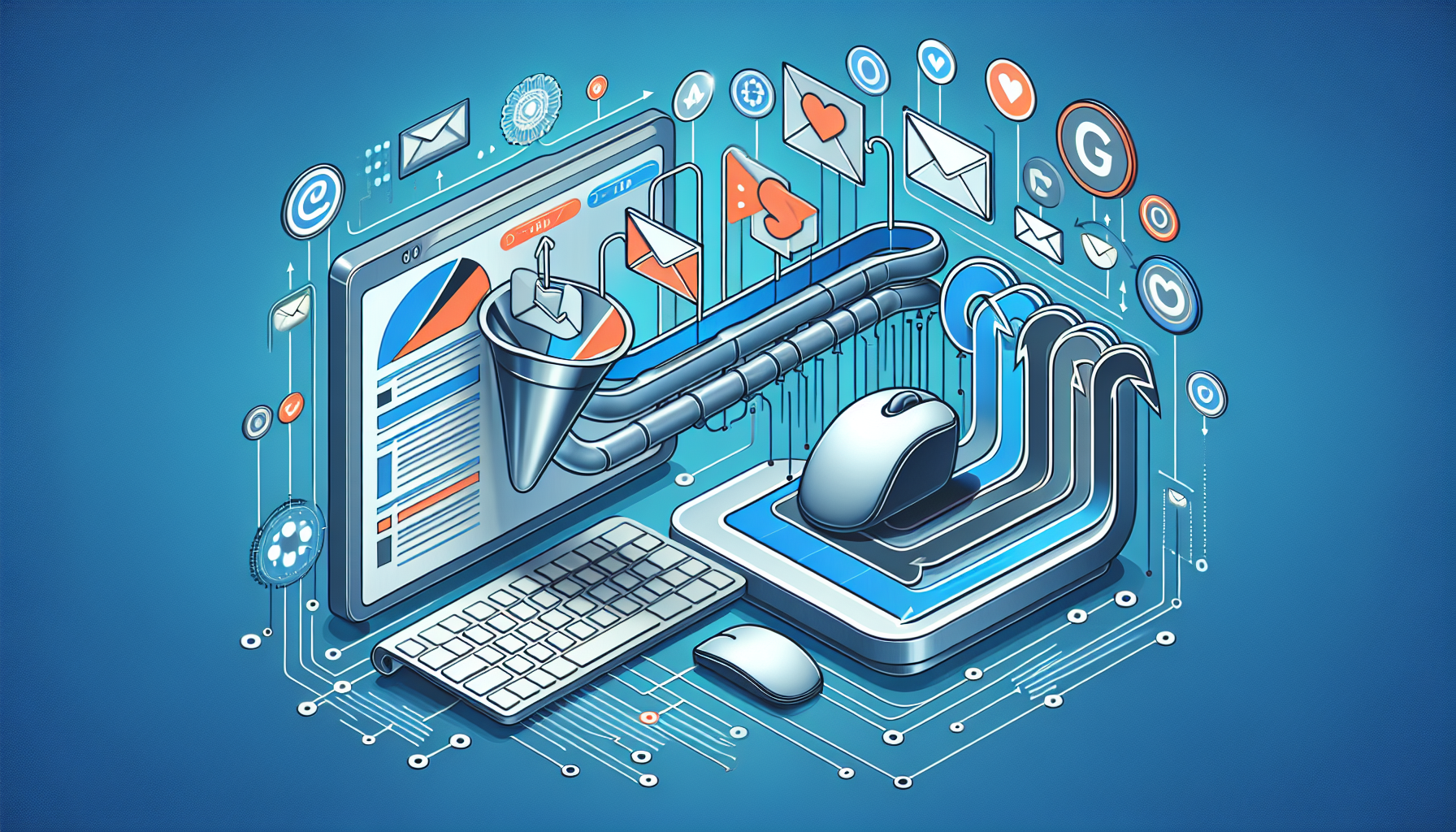Understanding Email Marketing Automation
Email marketing automation is a game-changer for businesses seeking to streamline their communication and enhance customer interactions. Automating your email campaigns allows you to deliver personalized content to your audience without manual effort. Among various platforms, Mailchimp stands out for its user-friendly interface and robust features that cater to beginners and experienced marketers alike.
Setting Up Your Mailchimp Account
To start automating your email marketing, you first need a Mailchimp account. Here’s how to set it up:
-
Sign Up: Go to the Mailchimp website and select ‘Sign Up For Free.’ Follow the prompts to create your account using your email address, choosing a username, and setting a password.
-
Complete Your Profile: After signing up, complete your profile by adding your business details. This information helps Mailchimp tailor its services to your needs.
-
Create a Audience: Your audience is the foundation of your email marketing efforts. Import your existing contacts or add new ones manually. Ensure you segment your audience based on demographics, behavior, and interests for targeted campaigns.
Designing Your First Email Campaign
Mailchimp offers robust tools to design visually appealing emails. Here’s how to create your first campaign:
-
Choose the Campaign Type: Navigate to the Campaigns tab and select ‘Create Campaign.’ Choose ‘Email’ and then select the type (regular, automated, plain-text, etc.).
-
Set Up Your Email: Name your campaign, select your audience, and decide on the email’s send method. For automation, you’ll typically want to select “Automated.”
-
Select a Template: Mailchimp provides a variety of customizable templates. Choose one that aligns with your brand, making sure it is responsive for both desktop and mobile devices.
-
Customize Your Email: Use the drag-and-drop editor to add images, text, buttons, and other elements. Brand your email with your logo and colors for consistency.
Automating Your Campaigns
Mailchimp simplifies automation through its automation features. Here’s how to set it up:
-
Choose an Automation Type: Go to the Automations tab and either select a pre-built workflow (like welcoming new subscribers) or create a custom one.
-
Define Your Trigger: Each automation starts with a trigger. Common triggers include:
- Subscriber joins your audience: Trigger a welcome email when someone signs up.
- Product purchase: Follow up with customers based on their purchase behaviour.
- Specific date: Send out emails for birthdays or anniversaries.
-
Set the Schedule: Decide when your automated emails will be sent. You can set them immediately or specify a time frame, such as one week after signup.
-
Create Your Emails: For each part of the automation, create the emails that will be sent based on the defined triggers. Customize them for a more personal experience.
Utilizing Personalization
Personalization is key in enhancing the effectiveness of your email campaigns. Mailchimp allows you to incorporate dynamic fields within your emails. Here’s how:
-
Use Merge Tags: Merge tags allow you to personalize emails with your subscriber’s name, location, or purchase history. For instance, use |FNAME| to automatically insert the first name of the recipient.
-
Segment Your Audience: Go beyond simple demographics and segment your audience based on behavioral data. This helps in crafting more relevant messages.
-
Tailor Offers: Use past interactions to customize email offers that resonate with each segment of your audience. Higher relevance translates into better engagement and conversion rates.
Analyzing and Optimizing Campaigns
Analytics is crucial in optimizing your email marketing efforts. Mailchimp provides various reporting features:
-
Monitor Open and Click Rates: Track how many people opened your emails and clicked on links. High open rates indicate effective subject lines and timing.
-
Evaluate Bounce Rates: Understand how many of your emails are bounced. A high bounce rate may indicate problematic email addresses or poor sender reputation.
-
Track Conversions: Use UTM tags to track how many subscribers converted after receiving an email. This helps measure the ROI of your campaigns.
-
A/B Testing: Experiment with different subject lines, email designs, and call-to-action buttons to find what works best for your audience. Mailchimp allows you to create A/B tests easily and compare results.
Best Practices for Successful Email Automation
-
Stay Compliant with Regulations: Always comply with data protection regulations (like GDPR) when collecting and managing your audience’s data. Ensure recipients opt-in to receive your emails.
-
Create Engaging Content: Focus on providing value in your emails. Whether it’s informative articles, special offers, or exclusive news, ensure it resonates with your subscribers.
-
Maintain a Consistent Schedule: Establish a regular email sending schedule. Consistency helps in building trust and keeping your audience engaged.
-
Clean Your List Regularly: Periodically remove inactive subscribers from your list to maintain a healthy open rate and engagement level. Regular list hygiene can improve deliverability.
-
Use Eye-catching Subject Lines: A compelling subject line significantly increases open rates. Keep it concise, personalized, and relevant to spark interest.
Additional Features of Mailchimp
Mailchimp offers more than just email automation. Some additional features include:
-
Landing Pages: Create landing pages directly within Mailchimp to capture leads or promote special offers. It integrates seamlessly with your campaigns.
-
Social Media Integration: Mailchimp also allows you to post directly to your social media accounts. Promote your email campaigns on platforms like Facebook, Twitter, and Instagram.
-
E-commerce Functionality: For businesses, Mailchimp integrates with popular e-commerce platforms like Shopify and WooCommerce, enabling you to automate follow-up emails based on customer purchases.
-
Surveys and Feedback: Gather insights via surveys to improve your offerings and understand your audience better.
By taking advantage of Mailchimp’s features and following best practices, beginners can effectively harness the power of email marketing automation. This approach not only saves time but also fosters stronger connections with subscribers, resulting in improved customer loyalty and increased sales.


